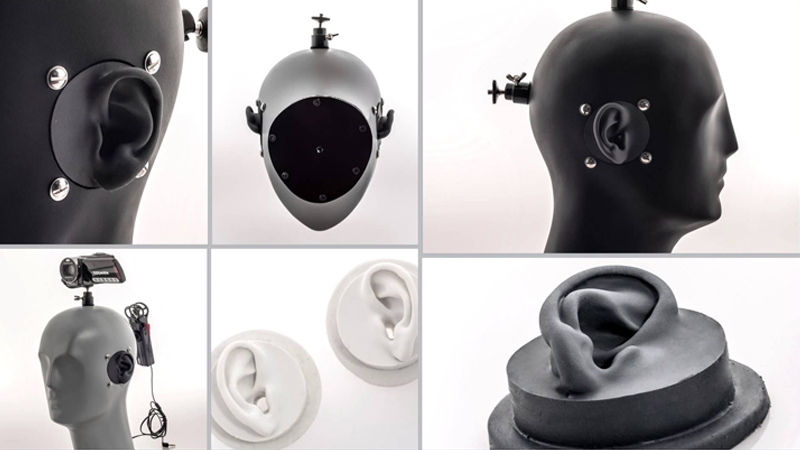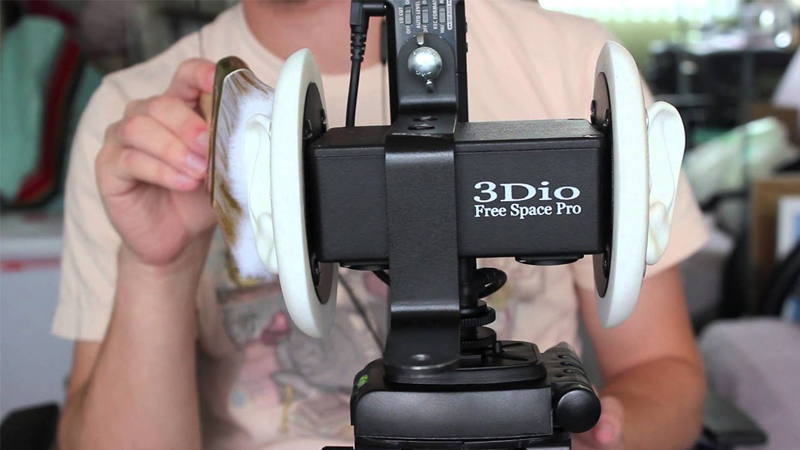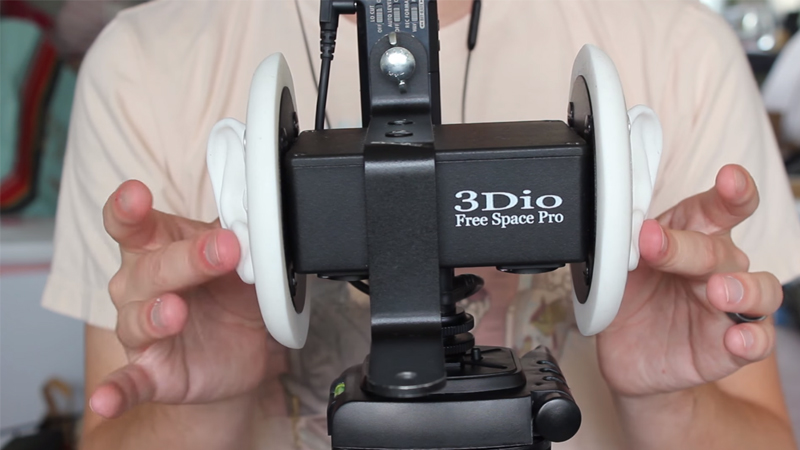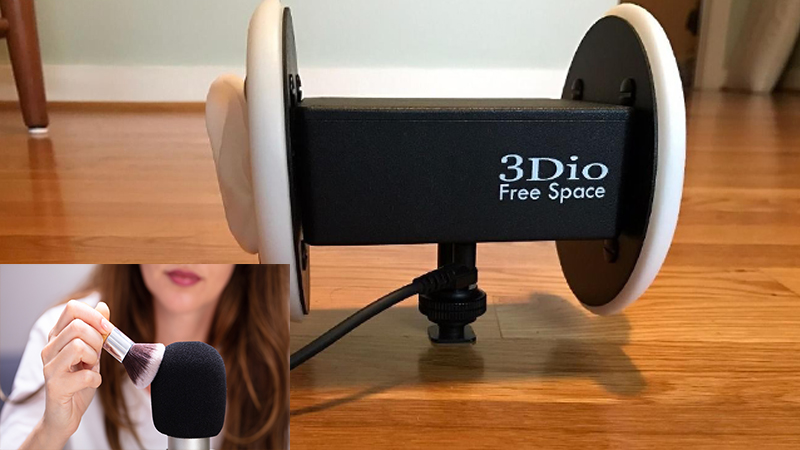As you know, ASMR (Autonomous sensory meridian response) is understood as a Autonomous Sensory Meridian Response. This is a term that describes the sensation of tingly relaxation that begins on the scalp and moves down the back of the neck and spine and throughout the body and limbs that some people experience when they hear certain sounds or auditory cues. It can create a feeling of pleasure, relaxation, and in some cases, it can even help people fall asleep.
ASMR can occur when people hear certain sounds such as whispering, water flowing, paper crinkling, or eating sounds… So have you ever heard of 3D binaural ASMR? What is 3D binaural ASMR and how does it differ from regular ASMR?
1 What is 3D binaural ASMR?
Regular ASMR videos with sound recorded by a single microphone don’t have much difference between the left and right ear. Therefore, some ASMR content creators use binaural recording techniques to simulate three-dimensional sound of the environment, giving the viewer and listener the most immersive experience with more realistic sounds.

This is usually done by using two microphones, integrating a bit of sound from the left channel into the right channel and vice versa, to make the sound more “spacious”. In addition, in two-ear recordings, the two microphones are often specially designed to mimic human ears. In many cases, the microphones are even spaced apart like human ears to create the most lifelike 3D sound.
One of the leading experts in 3D sound, Professor Edgar Choueiri, said that true 3D sound has the most accurate quality and the most lifelike sound. For example, we can perceive a whisper near the ear or a bird chirping above the head. And if we are recording a piece of music, we can hear the sound of the instruments from the most precise positions.
2 How do you create binaural ASMR sounds?
Instead of using a single microphone to record, you will place 2 separate microphones on both sides of the sound source. The theory is simple, but in practice, you have to position these 2 microphones properly for the effect to work best. These 2 microphones can be placed in a model of a human head made of hard plastic, spaced exactly 18 cm apart – the average distance between the ears of adults. Even the ear cups are carefully crafted from soft plastic to mimic the structure of the human ear to capture sound accurately.

With this setup, the sound recordist will be able to simulate the space at the recording location for the listener. Those who hear these sounds will feel as if they are standing in the middle of the sound source, with distinct differences between the left and right ears, creating a real 3D space.

ASMR 3D binaural is created specifically to be listened to through headphones, not speakers. When listening to sound through speakers, both the left and right ears can hear the sound coming from both speakers. On the contrary, when listening to sound through headphones, the sound from the left headphone can only be heard in the left ear and the sound from the right headphone can only be heard in the right ear, creating a more distinct and immersive experience.
3 How is binaural ASMR different from regular ASMR?
ASMR 3D binaural is a form of ASMR but at a higher level, allowing listeners to experience the most vivid and realistic sound. With the videos we usually watch on Youtube, ASMR video creators use simple techniques or sounds like keyboard typing, cutting sounds, or the sound of crinkling a aluminum can. ASMR 3D binaural, on the other hand, uses more complex recording techniques and equipment with relatively higher costs.

Regular ASMR videos can be recorded with only 1 microphone, so there isn’t much difference between the left and right ears. On the other hand, ASMR 3D binaural uses 2 microphones, allowing the listener to experience a vivid 3D effect and a clear distinction between the left and right ears.
We hope that this will be a useful article and provide you with some insights!







































